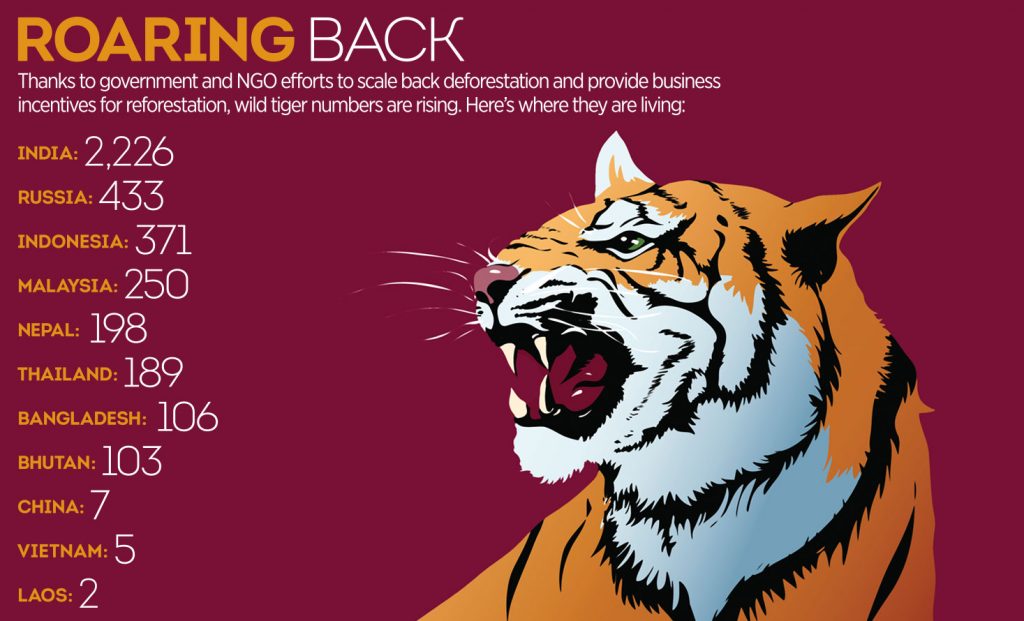Lightbulb moments
People have them every day – bright ideas big and small. But as one American entrepreneur put it: Everyone who has ever taken a shower has had an idea. It’s the person who gets out of the shower, dries off, and does something about it that makes a dime
People have them every day - bright ideas big and small. But as one American entrepreneur put it: Everyone who has ever taken a shower has had an idea. It's the person who gets out of the shower, dries off, and does something about it that makes a dime
Shell Chief Technology Officer, Jan van der Eijk, says new technologies start with a kernel of an idea that is brought to fruition. Sometimes they will work, sometimes they won’t. What is most important, says Van der Eijk, is that innovation is driven by a deep understanding of society’s needs and of the challenges the world faces today – for example, meeting the world’s growing demand for energy while reducing CO2 emissions.
And Shell is ‘walking the talk.’ It is the largest investor in R&D of any of the international oil companies (spending $1.2bn in 2007), and the scope of its technical portfolio is squarely focused on meeting rising energy demand and curbing emissions.
According to Van der Eijk, the world∞scale projects the company is able to undertake are often down to the thousands of smaller technology solutions pursued, developed and combined every day:
“It is the small ideas, the series of ‘lightbulb’ moments at an individual level, that are providing the technologies in our industry that are changing the way we provide energy.”
In this article Shell shares some of those ‘smaller’ stories.
A swellable toy dinosaur
Work wasn’t on the mind of scientist Eric Cornelissen when he entered a San Francisco toy shop to find gifts for his nephew. But bright ideas can occur in the most unlikely of places, and Cornelissen’s came when he stumbled upon a boxful of swellable toy dinosaurs that grew to five times their original size when immersed in water.
The swelling rubber concept kicked off a train of thought in Cornelissen’s head that made him think of a use for this material that could help solve a growing problem for the oil industry: water seeping in to the well and mixing with the oil. This slows down production and causes extra work and cost as the two have to be separated at the surface. He thought that if this swellable rubber or ‘elastomer’ could be wrapped around well pipes, it would swell up on contact with water and prevent it from getting into the well oil.
He was right, and the resulting technology – Expandable Zonal Inflow Profiler (EZIP) – is now being used in wells around the world, helping to boost production of valuable oil while leaving the water in the ground.
C-Fix and sulphur concrete
While efficiencies and technologies such as carbon capture and storage are likely to lead to the greatest reductions in CO2-levels in the atmosphere, Shell scientists like Rini Reynhout haven’t stopped looking at other possibilities.
Reynhout was instrumental in developing C-Fix – a clever technology which uses oil refinery residues as an alternative to cement, and is consequently helping to bring CO2 emissions down.
C-Fix is produced from carbon-rich mineral oil residues that are a component in heavy fuel oils (for instance, the type used for large ocean-going vessels). The burning of this heavy fuel oil emits CO2. But now, instead of burning this byproduct, it can be used to create the C-Fix-binding agent. The C-Fix binder is mixed with aggregates, sand and filler materials acting as an alternative to cement to produce concrete. In this way, just one tonne of C-Fix prevents the emission of around 2.5 tonnes of CO2. It also helps lower other emissions such as sulphur dioxide, nitrous oxides and carbon monoxide.
Shell has done something similar with sulphur too. Oil and gas fields are rich in sulphur. And with regulations requiring greater levels of sulphur to be removed from oil and gas to make cleaner transport fuels, there’s more and more of this left-over product to be dealt with. Adding it to fertilizers to promote plant growth has long been the traditional use, but Shell has developed a new use: sulphur concrete.
Producing it emits less carbon dioxide than traditional concrete and no water is needed in mixing. Unlike normal concrete, it has a smooth, plastic-like surface that is easy to paint. It also sets quickly and can withstand acidic and salty conditions. Those properties, and the need for it to remain cool, make it ideal for waterworks such as sea barriers and locks which are now being tested in the Netherlands.
Energy companies know they face a challenge convincing the building sectors to adopt these new products. “These are intrinsically conservative industries,” says Egbert Veldman, head of Shell Sulphur Solutions, which sells and transports sulphur, as well as developing new uses. “They need very significant proof and trials before agreeing to use new products.”
If the new product takes hold, what was once seen as a by-product could become a valuable commodity.
Why fish don’t freeze
By questioning why deep-sea fish did not freeze, Shell scientists Ulfert Klomp and Marc Anselme came up with a solution to keep oil and gas moving along pipelines in very low temperatures at the bottom of the ocean – critical when the world is looking for more energy.
Along with other scientists in the oil and gas industry, Klomp and Anselme had been working for some time on a way to better solve the problem of hydrate crystals blocking pipelines and damaging production facilities, particularly in deep∞sea projects. But they’d had little success.
“Then one day,” Klomp recalls, “Marc and I read an article in Nature magazine about certain fish species surviving in polar waters. Seawater freezes at -1.9°C, well below the temperature that fish should freeze. But they did not.” The article went on to report that researchers had found that the fish synthesise a protein, which attaches to any microscopic ice crystal as soon as one forms inside the fish. The protein covers the ice crystals to stop them acting as sites for further ice to grow.
The fish protein theory led Klomp and Anselme to a chemical breakthrough in dealing with hydrate crystals. Injected into the oil and gas as it is extracted from the earth beneath the sea, the fish protein-inspired additive is helping to get more oil and gas from difficult deepsea areas.
The Energy Challenge Van der Eijk says that in facing the energy challenge – delivering more energy, with less CO2 – promoting an innovation culture is imperative: “Have an idea then make it happen, that’s the way forward.”













